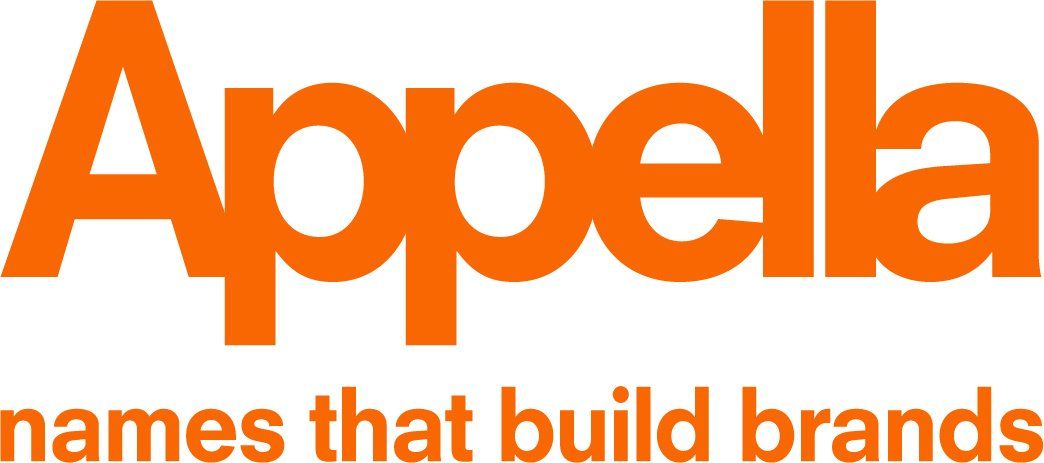WINNERS of the Specialist Branding Agency of the Year! Global Awards 2022/23. Read more.
Dot Com Branding Trends
In a time not too long ago, there was a huge market that was untapped in every sense of the word. The internet was becoming a “thing” after making its public debut in 1994 and everyone was logging onto the World Wide Web to play games, communicate, research, and purchase products. Entrepreneurs and companies alike were founding new brands and even rebranding to capitalise by adding an “e-” prefix or a “.com” suffix to their business names, the newest trend among brand names.

This process is now known as “prefix investing”. Looking at trademark registrations over 1999 – 2001, there are literally hundreds of e- prefixed registrations such as e-touch, e-card, e-takeaway, e-start. eBay and Ebookers are probably the best known. Then, suddenly, not only was there a plethora of e- prefixes, but .COM suffixes were seemingly added to every other new name. Lastminute.com is one of the most memorable owing to the incredible publicity over its IPO launch and stellar backing.
However, there are downsides to investing in a trend during a rebrand or when going through brand naming. Trends come and go as quickly with the seasons and, as with all investments, it’s difficult to predict what will happen next. If the internet had gone out of style, all of those companies would need yet another rebrand to not appear out of touch or outdated. Even with its success, there is a likelihood that the market will become too saturated and having the “e-” prefix or the “.com” suffix would come off as corny or tacky. As predicted by some economy experts, March 10, 2000 marked the pinnacle of the dot com bubble with its abrupt bursting occurring not long after in late 2001.

Those such companies, notably eBay and Amazon.com, suffered a drop in share price when the bubble burst but recovered (and then some). That said, it should be noted, the “e-” in eBay actually stood for “Echo,” as in “Echo Bay” as opposed to “electronic” as in “email.” Likewise, we seldom use the largest online retailer’s full brand name and tend to crop it down to just “Amazon.”

Other .com brands have become increasingly popular over time to keep the trend alive. Because so many were impacted when the bubble burst, they seem to all follow a familiar series of events including mergers, acquisitions, and sales of the brands followed by some influential marketing.
For instance, the popular online dating site Match.com went live in 1995 as one of the early pioneers of the internet. Yet, in 1998, it was purchased by a large parent company and then again in 1999 by another. Merging with Love@AOL, Match.com went on to have a massive website redesign and iconic black and white adverts in 2006 which increased its popularity.

In addition to finding love, finding the perfect travel deal was an early mission for internet users. Booking.com was established in 1996 and, after a merger in 2000, was purchased by the Priceline Group in 2005. Similarly, Lastminute.com went live in 1998, was acquired in 2005 after no recorded profits since 2000, and most recently, sold in 2014. While Hotels.com was established way back in 1991, they didn’t add the “.com” suffix until 2002. As of 2005, the brand operates under Expedia.
Another possible downside to the e-prefix and .com style, which also occurs outside of the dot com realm, is the issue of distinctiveness. When qualifying a descriptive word in this way, it’s often assumed the brand owners can monopolise it. In some cases, like “e-cigarette,” the name becomes generic which could negatively impact a brand’s success. Similarly, the “e-” prefix has become increasingly popular with terms such as “eBikes” (those that are electronically powered) and the invention of “ePaper” (the screen style used for Kindle and other eBooks).

More recently, we’ve been in a new tech bubble. Since the debut of the Apple iPod in 2005 and the subsequent “i-” products by Apple, such as iPod and iMac, we’ve seen a slew of products with the iconic lowercase “i” in the name to denote the technological advancement of a product. However, the iPhone brand name was saved by using the generic “smartphone” descriptor.
-

“Choosing a good name is both a science and an art – Appella excels at both.”
Louise Doherty, CEO & Founder, PlanSnap -

“The speed and rigour of the Appella approach was matched by the creativity and flexibility of their staff!”
Girish Upadhyay, Tata Motors -

“I cannot speak too highly of Appella. They really were there for Wavelength. ”
Tim Leech, CEO, Wavelength
Get in touch
To find out more about how we can help, fill-in this form and we will get back to you ASAP:
Contact Us
We will get back to you as soon as possible
Please try again later
All Rights Reserved | Appella
